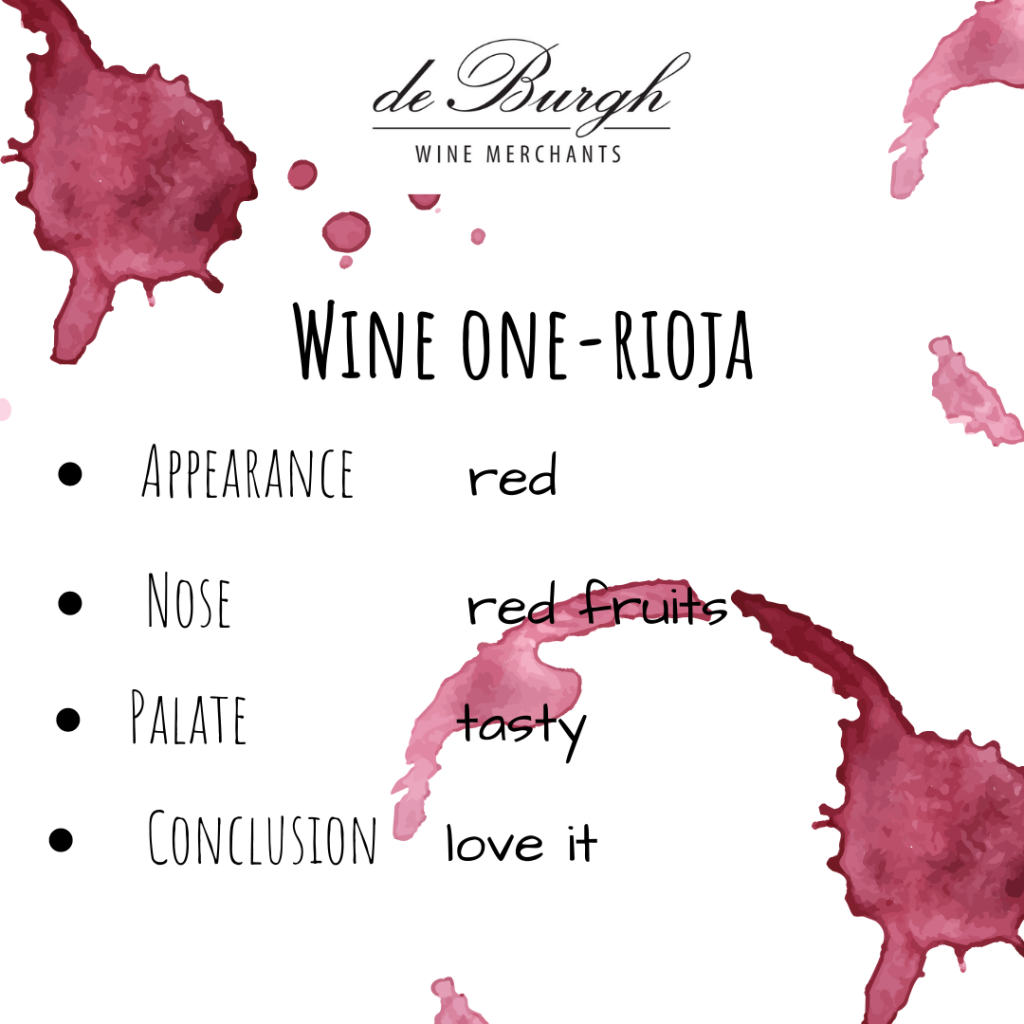
Tasting Notes
I had one of those uncontrollable guffaw laughter moments earlier in the week. You know the ones that take you by surprise. The ones that are triggered by something that isn’t meant to be funny, but hits you so hard it makes you eject all sorts of bodily fluids from several orifices at the same time. It reminded me of the legendary sketch by Billy Connolly from the mid 90’s. The one where he suffered the same fate in a restaurant after reading a menu that offered “Potatoes of the night”.
My “Potatoes of the night” moment started whilst reading an email from another merchant offering me a Bourgogne Blanc for the “bargain” price of £26.95. This in itself was enough to make me chuckle. My chuckle quickly changed to amusement when it was revealed that this “bargain” price was discounted from £29.95. The amusement escalated to laughter as the email went on to justify how this qualified as a “Bargain”. Not tried the wine, the email might be right, but I can guarantee you the laughter from the Domaine owner would be described as “Glee” as he slipped into his Maserati on route to his two month holiday in Provence.
It was however, when I read the tasting note that my body started to eject fluids and snort with laughter in a Phil and Holly, after a Gino D’Acampo innuendo, faux pas fashion. There in the tasting note, amongst the usual, repetitive, cut and paste wine merchant predictable descriptions was, “Delicate Straw”.
Now, “delicate straw” on its own is bizarre enough. Does delicate straw taste different to a cruder straw? When was the last time you tasted straw? Was the straw note just delicate, ie not pungent straw just a faint whiff of straw? So many questions?
Truth is, the belly splitting laughter really happened because this was not my first encounter with the description “Straw”. Some years ago when I was doing my WSET (Wine and Spirits Education Trust) diploma, I fondly remember a humorous class discussion about tasting descriptions which the WSET had outlawed due to their vagueness. Describing a wines colour as brick red was no longer acceptable due to bricks now being available in a variety of shades of red. This was no longer the mid 60’s when Britain had one standard red brick, this was the noughties, peak New Labour and the rise of political correctness, where we had to accept other shades of bricks and not the classic 1930’s semi-detached shade of red brick. This all-inclusive approach also lead to the binning of “Straw yellow” as a description of white wine. Apparently no one could decide on the exact shade of yellow for straw so it was banned. Thing was, I’m a country boy. I’m quite the expert in country smells and colours and have warm memories of climbing through sheds full of hay bales. I could sniff out a delicate hint of straw or point to the correct shade of straw yellow no problem. I felt disadvantaged as a Scottish country boy that my expert view on straw was put into question whilst my wife, who grew up in a variety of tropical counties, never had the same issue with tropical fruits like mango, pineapple, guava and starfruit. Surely a pineapple expert could tell you the different between the smell of a Hawaiian pineapple and a Philippian pineapple? But in wine tasting terms they were all lumped together as being the same, in a very non PC way.
I’ll be honest, writing tasting notes is a very hard thing to do. It’s a real skill to be able to put into words what you’re tasting without sounding like a massive pretentious knob. It’s even harder to make it sound interesting and engaging for the consumer. It’s even harder to make wines sound like they are unique. When you taste lots of wines, they do taste slightly different but the tasting notes for two wines you know taste different often sound very similar.
Tasting notes are so personal that they should be used as a nice guide rather than an exact description of the wine. You really need to taste it yourself and decide. You won’t read many negative tasting note of a wine, most are being written with the intent of selling the wine! Why do you need a tasting note for a wine that costs £100, surely its excellent? Regrettably the golden days of Jilly Goolden’s wonderful descriptions have gone but I thought I’d try and bring them back with one of my own. Just for clarity I am the man who upset a major national importer by describing two of their wines as “fag ash” and “Tuna fish”
Rioja Crianza Bodegas Bohedal 2016 Rioja, Spain £9.99
As the cork left the bottle a shiver slipped down my spine. My knee buckled and leg juddered as the excitement became too much from the all too familiar “Pop” of the cork. My elbows rested on the kitchen counter as I took a moment to catch my breath. Kay Adams was just handing over to John Beattie on the wireless. It was pm and acceptable. The warm Scarlett red liquid sloshed around the glass. It was a vibrant, bright and inviting shade of red. “Salsa” on the Dulux colour chart or “Wild Poppy” Luxe Shine Bobby Brown lipstick for the ladies out there. The warm glow of the dark red berry fruit filled my nasal passage before exploding in my mouth with a dizzying array of flavours. Wild strawberry (Not pre picked plastic wrapped), boysenberries, black raspberries and Mulberry all danced in perfect harmony as the sweet coconut and vanilla of the oak come through. The balance of fruit and oak was akin to Torvill and Dean in their prime. A wonderful accompaniment to Shawarma spiced, four day marinated braised leg of Scottish lamb, roasted fillet of Kobe beef, grasshopper tacos or left over pizza.
So, the question is, can anyone do better? We would love to see your tasting notes. Good, Bad and Ugly!!
Related Posts
It’s Rose Season!
April 24, 2024
Spring is well underway and even though there's a slight chill in the air. Some sun has been making a welcome appearance. We would say that its totally FINE to start drinking Rose now. And with up to…
Amazing Argentina – Explore the wines of Argentina
February 1, 2024
Argentinian vineyards The UK has been in a lust filled, tango dancing love affair with Argentinean Malbec for a while now. After the Falklands and Jeremy Clarkson’s unique style of diplomacy…
Christmas Delivery Dates & Cut Offs
December 6, 2023
Christmas Delivery Dates & Cut-Offs LAST ORDERS FOR UK-WIDE DELIVERY FOR CHRISTMAS IS MONDAY 18TH DECEMBER. We will be out delivering in our own vans too, so please get in touch to avoid…



